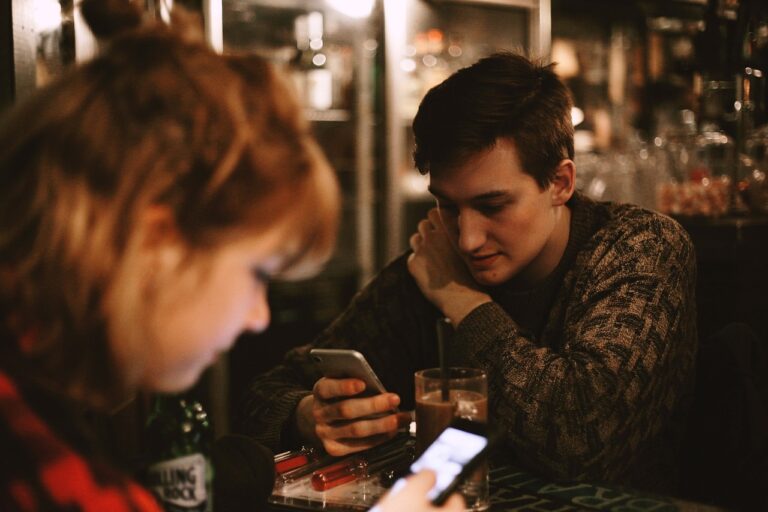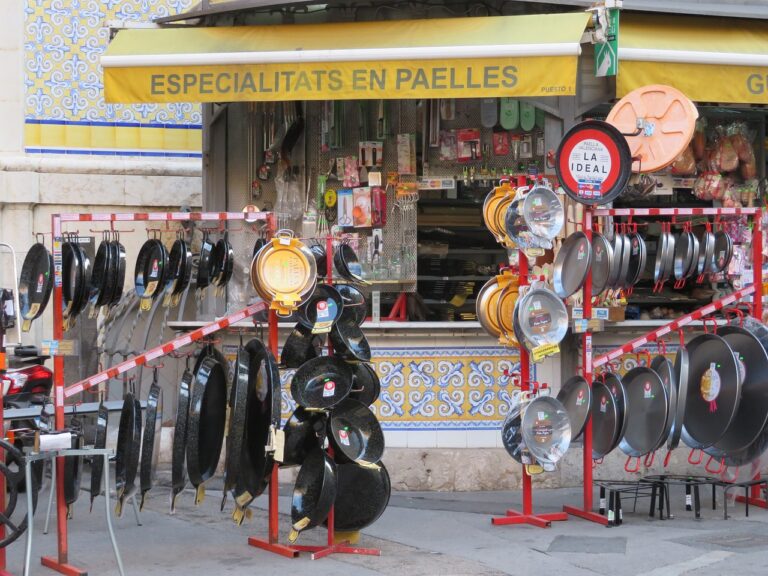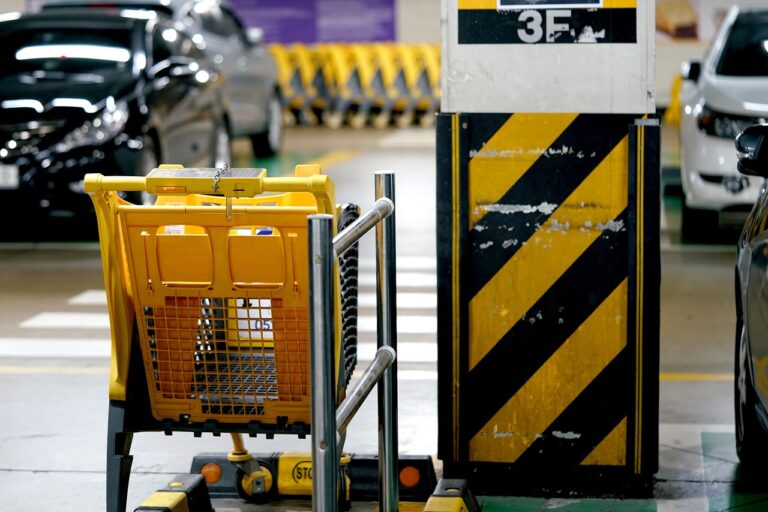The Role of Virtual Reality in Furniture Design Collaboration
betbhai9.com whatsapp number, playexch app, lotus 365 login: Virtual reality (VR) technology has been making waves in various industries, transforming the way we work, play, and interact with one another. One area where VR is particularly revolutionizing the way things are done is in furniture design collaboration.
In the past, furniture designers often had to rely on 2D sketches and physical prototypes to communicate their ideas and collaborate with clients, manufacturers, and other stakeholders. This process was time-consuming, costly, and often resulted in misunderstandings due to the limitations of traditional design tools.
With the advent of VR technology, designers now have the ability to create immersive, interactive 3D environments where they can visualize and manipulate furniture designs in real-time. This not only streamlines the design process but also enhances collaboration by allowing all parties involved to experience the design firsthand, regardless of their physical location.
### Benefits of VR in Furniture Design Collaboration
– **Enhanced Visualization**: VR allows designers to create realistic, to-scale models of their furniture designs, giving clients a better understanding of how the final product will look and feel in their space.
– **Real-time Feedback**: Stakeholders can provide feedback on designs instantly, allowing for quick iterations and adjustments without the need for physical prototypes.
– **Remote Collaboration**: With VR, designers can collaborate with clients, manufacturers, and other team members from anywhere in the world, reducing travel costs and time constraints.
– **Cost Savings**: By eliminating the need for physical prototypes and reducing the number of design iterations, VR can help save time and money throughout the design process.
– **Improved Decision-making**: VR allows for better-informed decisions by providing a more accurate representation of the final product, leading to higher client satisfaction and fewer revisions.
### How VR is Changing the Furniture Design Industry
The adoption of VR technology in the furniture design industry is transforming the way designers work and collaborate with clients. With VR tools becoming more accessible and user-friendly, more designers are incorporating virtual reality into their design process to create innovative and immersive experiences for their clients.
### Case Studies
– **IKEA**: The Swedish furniture giant has introduced a virtual reality kitchen showroom where customers can interact with different kitchen designs and layouts before making a purchase.
– **Steelcase**: The office furniture manufacturer uses VR to create realistic 3D renderings of their products, allowing clients to visualize how the furniture will look in their workspace.
### FAQs
– **Is VR technology expensive to implement in furniture design?**
VR technology can range from affordable options like smartphone-based VR headsets to more expensive high-end VR devices. The cost depends on the complexity of the project and the tools needed.
– **Do clients need special equipment to experience VR furniture designs?**
Clients can experience VR designs using a variety of devices, from smartphone-based VR headsets to more advanced VR devices. Some designers may provide VR experiences in a showroom setting for clients to try out.
– **Can VR technology replace traditional design tools entirely?**
While VR technology offers many benefits in the design process, it is not meant to replace traditional design tools entirely. Combining VR with traditional tools can enhance the design process and lead to better outcomes.
In conclusion, virtual reality technology is revolutionizing the way furniture designers collaborate with clients, manufacturers, and other stakeholders. By providing immersive, interactive experiences, VR is enhancing visualization, feedback, and decision-making in the furniture design industry. As VR technology continues to evolve, we can expect to see even more innovative uses in furniture design collaboration in the future.







